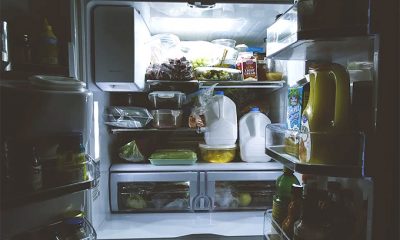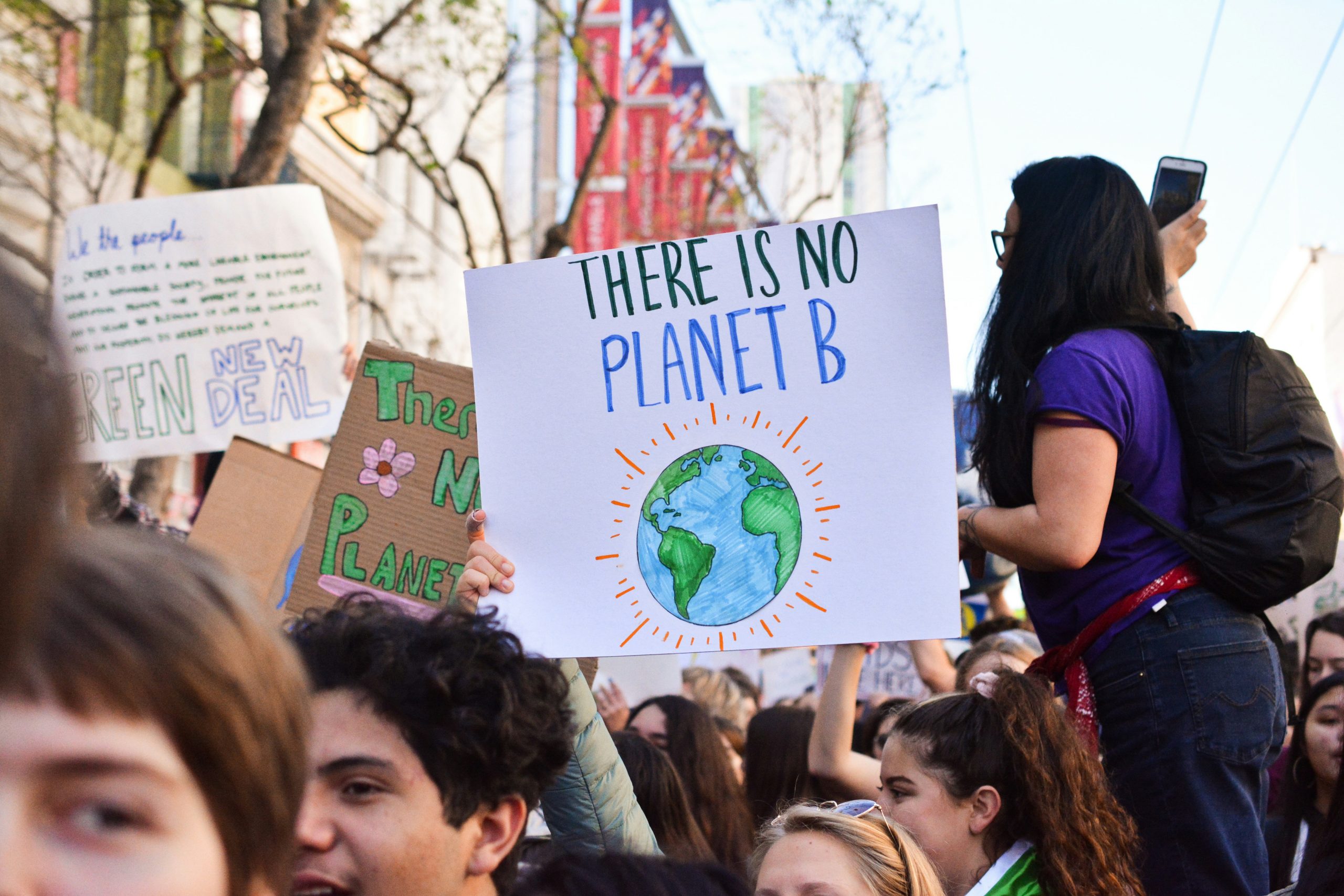As the tech world eagerly anticipates Apple’s annual September event, rumors are swirling about a significant design change for the upcoming iPhone 15 Pro and Pro Max models. According to recent reports, Apple is set to introduce a titanium frame for its high-end smartphones, marking a departure from the stainless steel used in previous generations.
This move towards titanium isn’t just about aesthetics; it represents a strategic shift in Apple’s approach to smartphone design and manufacturing. The adoption of titanium could have far-reaching implications for the industry, potentially influencing everything from device durability to production costs and environmental impact.
The Titanium Advantage
Titanium, known for its exceptional strength-to-weight ratio, has long been a favorite material in industries ranging from aerospace to medical implants. Its introduction to the smartphone market could revolutionize device design. The Titanium Association highlights that titanium is as strong as steel but 45% lighter, offering significant weight reduction without compromising structural integrity.
For consumers, this could mean a more durable, lighter iPhone. The American Society for Testing and Materials notes that titanium’s corrosion resistance is superior to many other metals, potentially extending the lifespan of devices exposed to everyday wear and tear.
Manufacturing Challenges and Innovations
While titanium offers numerous benefits, it also presents unique manufacturing challenges. The material is notoriously difficult to machine, requiring specialized tools and techniques. The National Institute of Standards and Technology has conducted extensive research on optimal titanium machining methods, highlighting the complexity of working with this metal.
Apple’s decision to use titanium suggests that the company has likely developed innovative manufacturing processes to overcome these challenges. This could include advanced CNC machining techniques or novel alloy formulations that make titanium more amenable to mass production.
Environmental Considerations
As sustainability becomes an increasingly important factor in consumer electronics, the shift to titanium raises questions about environmental impact. Titanium mining and processing can be energy-intensive, but the metal’s durability and recyclability could offset these concerns over the long term.
The Environmental Protection Agency emphasizes the importance of sustainable materials management in electronics. If Apple’s titanium iPhones prove more durable and longer-lasting, it could contribute to a reduction in electronic waste, aligning with global efforts to create more sustainable tech products.
Market Implications and Consumer Response
The introduction of a titanium iPhone is likely to have significant market implications. Historically, Apple’s design choices have influenced the broader smartphone industry. We may see other manufacturers following suit, leading to a new era of metal alloys in consumer electronics.
However, the use of titanium could also impact pricing. Given the material’s higher cost compared to stainless steel or aluminum, consumers might see a price increase for the Pro models. The U.S. Geological Survey provides data on titanium prices, which have fluctuated in recent years due to various global factors.
The consumer response to a potentially pricier but more premium device will be crucial. Apple’s brand loyalty is strong, but the company will need to effectively communicate the benefits of titanium to justify any price increases.
Technical Specifications and Features
Beyond the frame material, the iPhone 15 Pro is rumored to include several other notable upgrades. Reports suggest an enhanced camera system, potentially featuring a periscope lens for improved optical zoom capabilities. This aligns with the ongoing trend of smartphone manufacturers focusing on camera technology as a key differentiator.
The device is also expected to feature the A17 Bionic chip, built on a 3-nanometer process. This could offer significant improvements in performance and energy efficiency, further distinguishing the Pro models from their standard counterparts.
Another significant change is the rumored switch from Lightning to USB-C ports, a move that would bring Apple in line with EU regulations mandating a common charging standard. This change could have far-reaching effects on the Apple accessory ecosystem and user behavior.
Industry Expert Opinions
Industry analysts are divided on the potential impact of Apple’s titanium adoption. Some see it as a game-changing move that could redefine smartphone durability standards. Others view it as a premium feature that may not significantly alter the broader market.
IDC, a leading market intelligence firm, suggests that while titanium could enhance the iPhone’s premium positioning, its impact on overall market share may be limited. The true test will be in how effectively Apple integrates this material into its design and marketing strategies.
Competitive Landscape
Apple’s move to titanium could prompt responses from competitors. Samsung, for instance, has experimented with various materials in its flagship devices, including glass and aluminum. The Korean Intellectual Property Office has seen an increase in patents related to smartphone materials and manufacturing processes, indicating that other companies are also exploring innovative design solutions.
Chinese manufacturers like Xiaomi and Huawei, known for rapid innovation, may also accelerate their research into alternative materials. This could lead to a new phase of competition centered around device materials and build quality.
Looking Ahead
As we approach Apple’s September event, the tech community is abuzz with speculation. If the titanium rumors prove true, it could mark the beginning of a new era in smartphone design. The success of this move will depend on various factors, including manufacturing efficiency, cost management, and consumer reception.
Regardless of the immediate outcome, Apple’s exploration of titanium in consumer electronics is likely to spur innovation across the industry. From material science advancements to new manufacturing techniques, the ripple effects could be felt for years to come.
As we await official confirmation from Apple, one thing is clear: the smartphone industry is far from stagnant. With each new material and design choice, companies like Apple continue to push the boundaries of what’s possible in mobile technology, promising an exciting future for consumers and tech enthusiasts alike.


 Home4 years ago
Home4 years ago
 Medical4 years ago
Medical4 years ago
 Gadgets4 years ago
Gadgets4 years ago
 Environment4 years ago
Environment4 years ago
 Medical4 years ago
Medical4 years ago
 Energy4 years ago
Energy4 years ago

